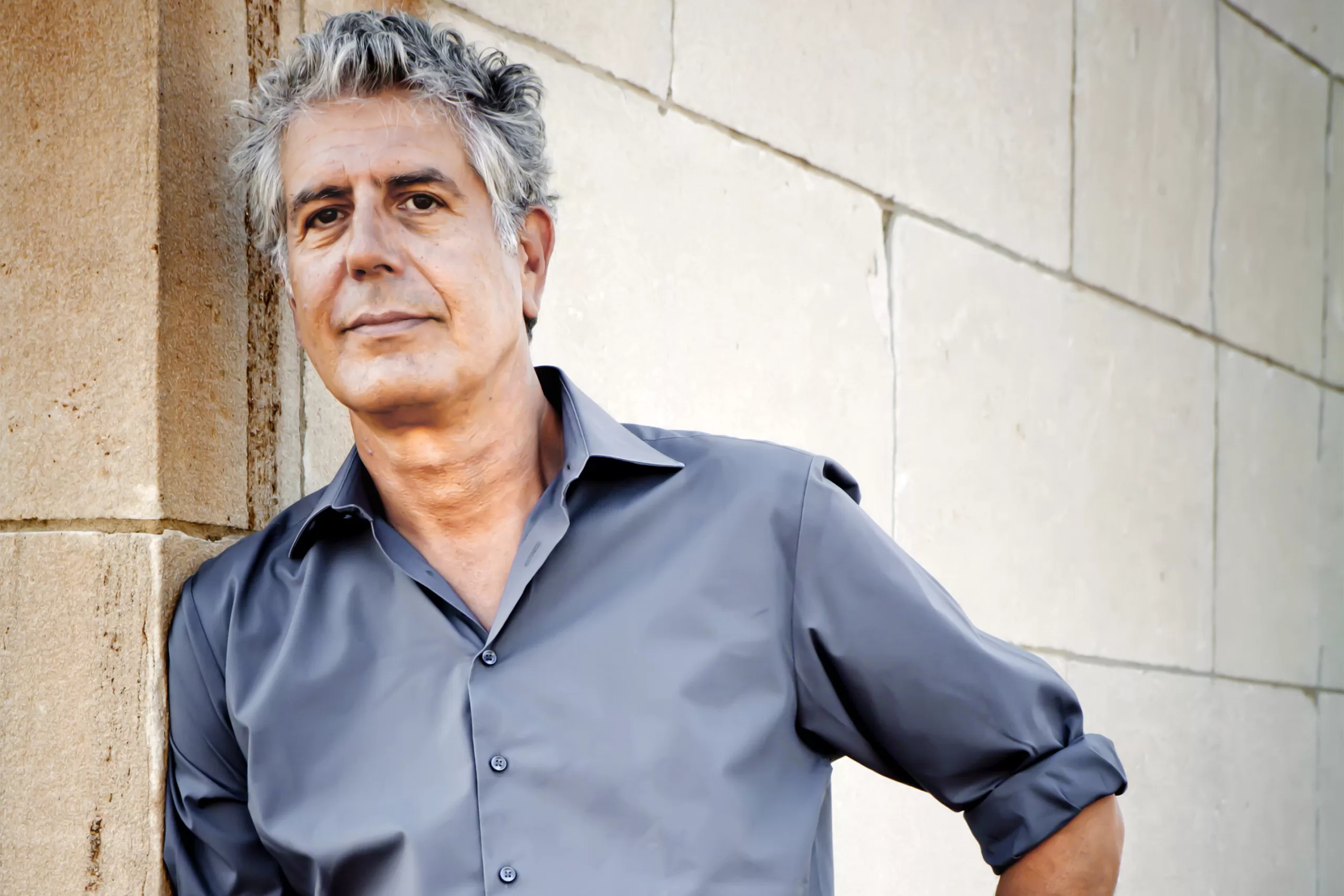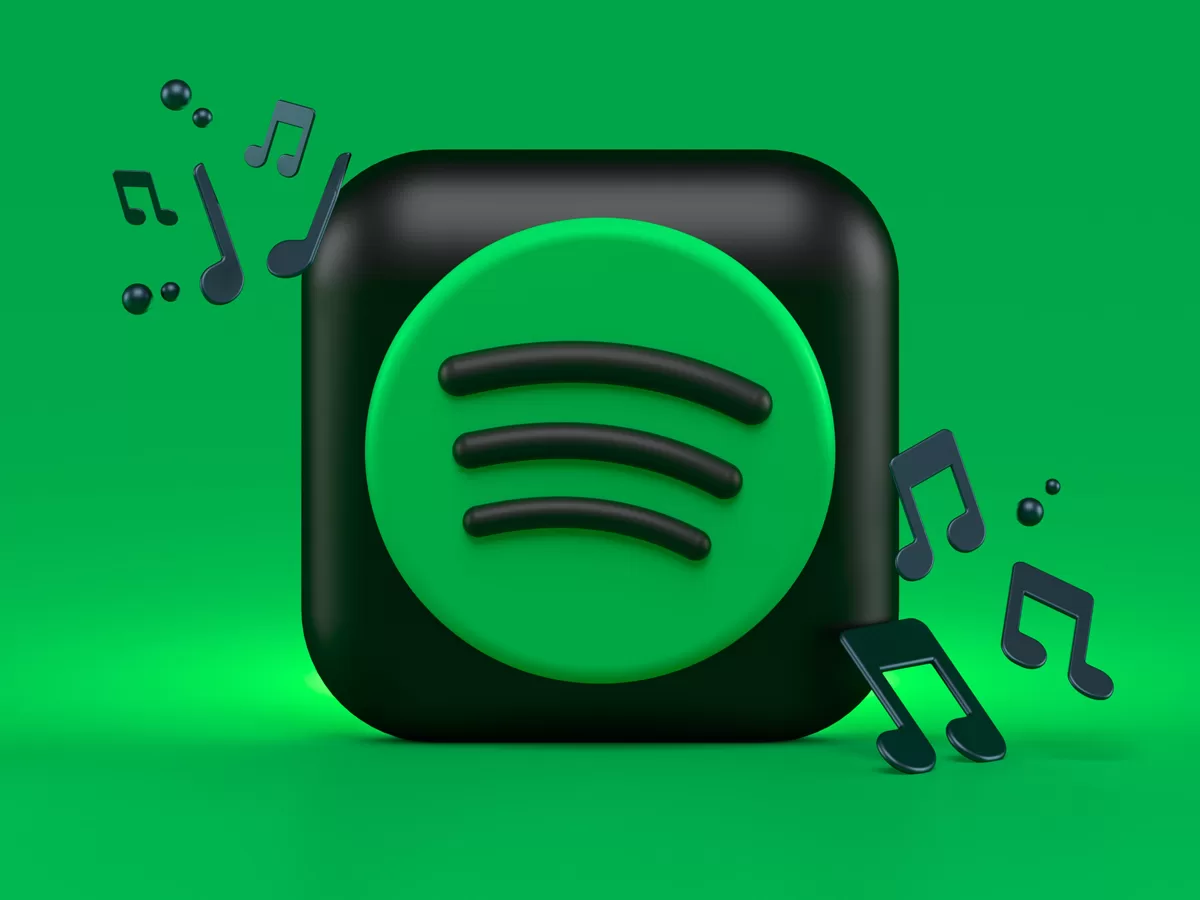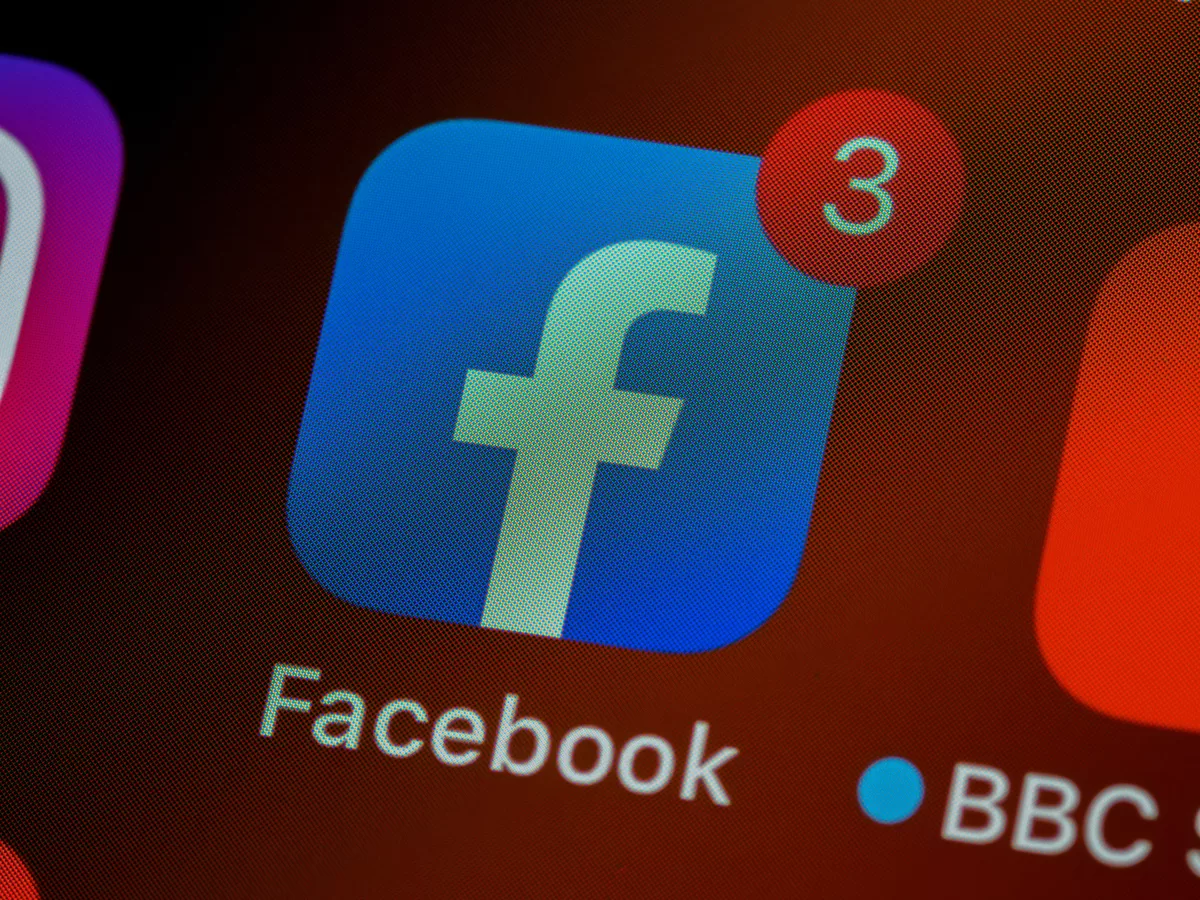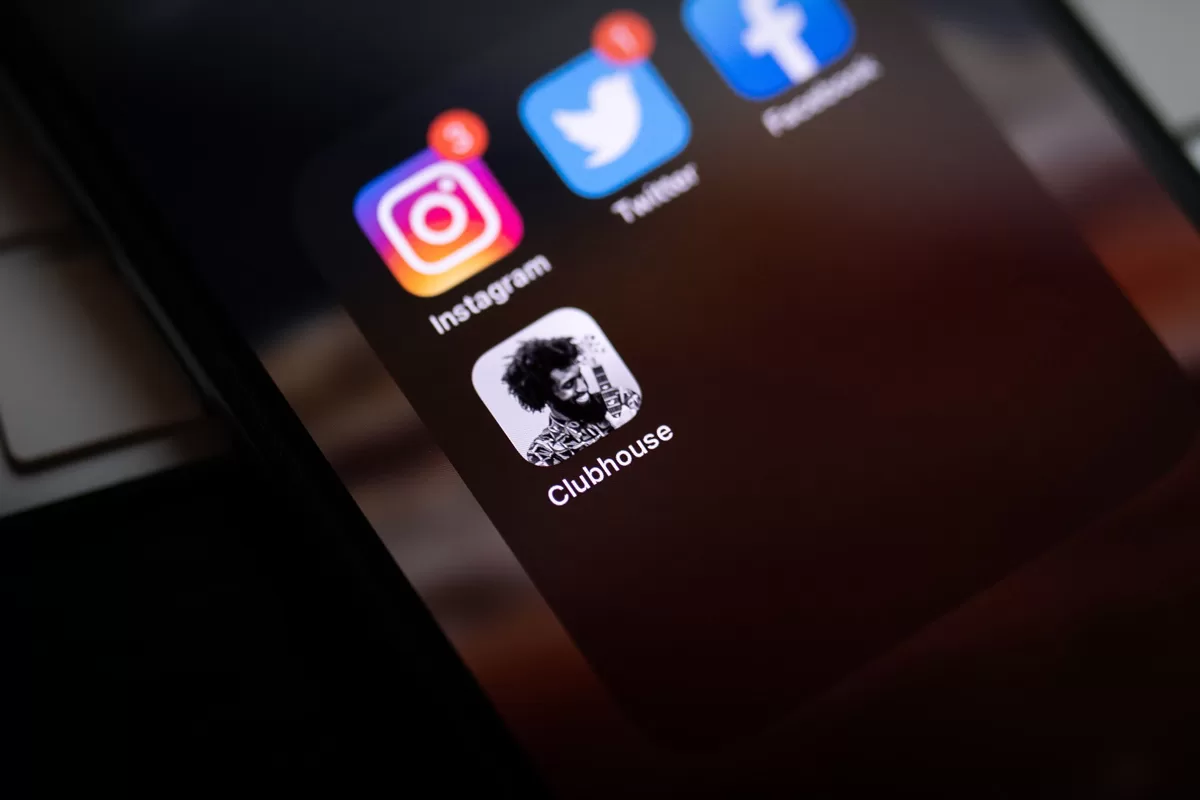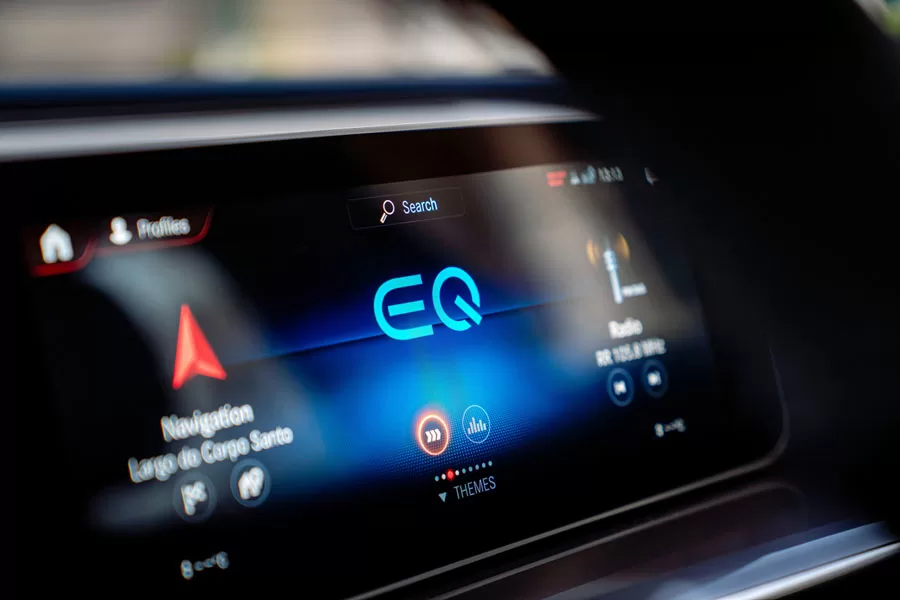After a Christmas like no other in 2020, there are still a few things to consider when advertising this year, because consumer behaviour will continue to be influenced by pandemic related issues like supply shortages and demand on postal services.
Start early
This year, some brands started to roll out Christmas advertising as early as August, due to predictions of supply chain issues over the festive season. Last year consumers even started Christmas grocery shopping much earlier than usual to beat the rush.
Phase campaigns
From October through to Black Friday (26 November) we will see online sales start to increase. After the Black Friday peak, consumer demand then builds again from early December until after Christmas.
Understanding your customer’s spending habits will enable you to attract your core audience while also targeting other shoppers looking for Christmas gifts.
Focus on festive content
As people look ahead to Christmas, online festive-related content will be essential when consumers switch into ‘Christmas mode’. Some brands see a rapid scaling of consumer interest in Christmas content as early as October.
Take note of trends
Even though we are now seeing lock-downs ease across Australia, things aren’t quite back to normal, so keep an eye on trends that may influence consumers behavior over the short term.


